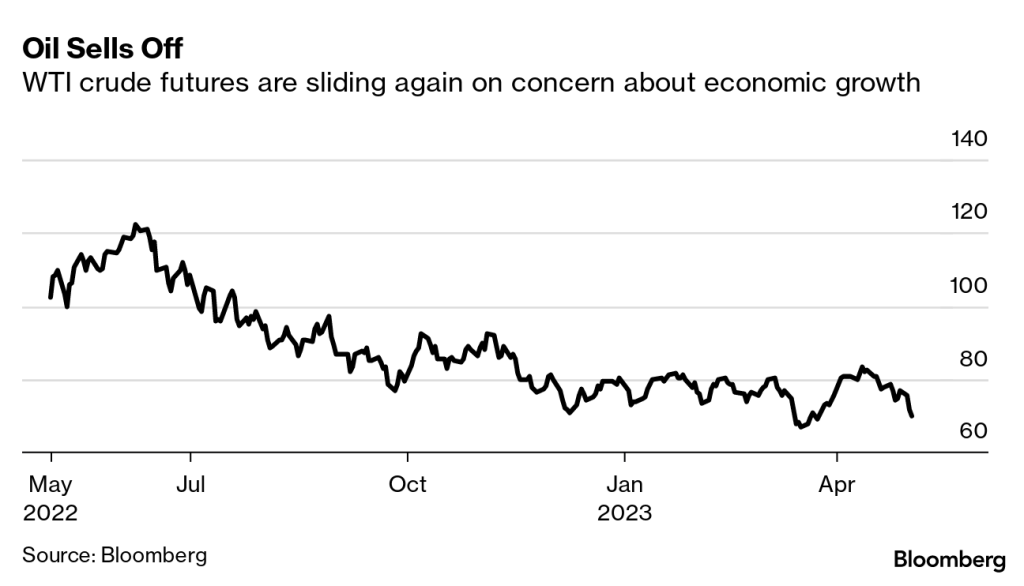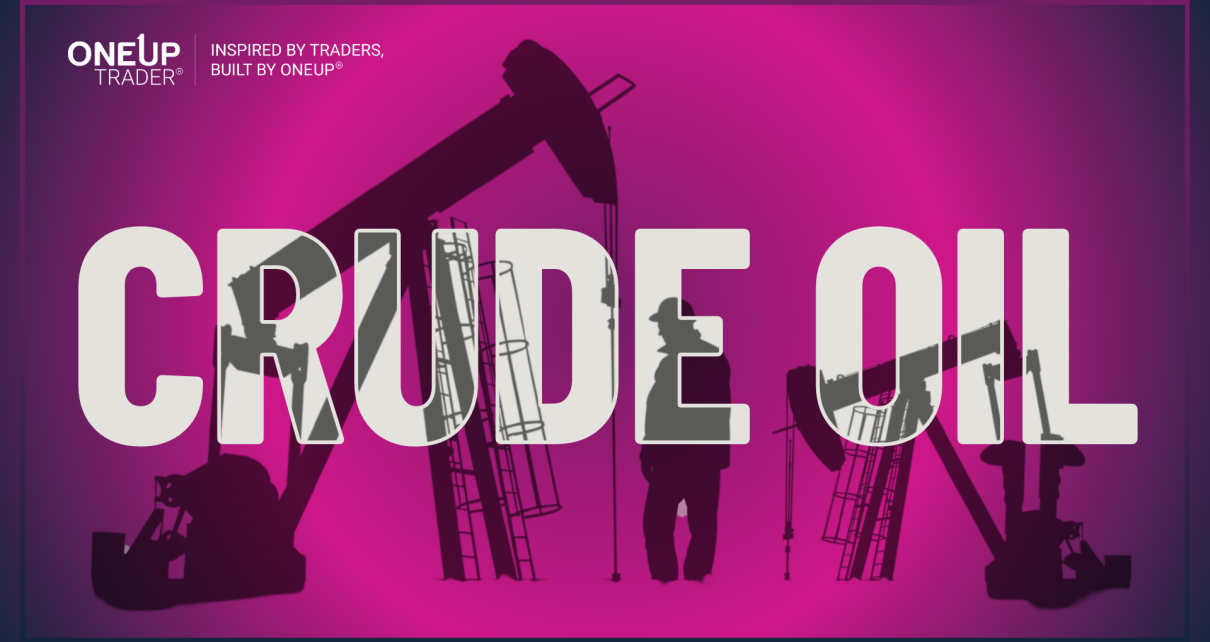- The Fed lifted interest rates by a quarter of a percentage point.
- The Fed hinted that it might postpone further increases.
- Investors expect another hike from the European Central Bank at its monetary policy meeting on Thursday.
Oil prices fell 4% on Wednesday after the US Federal Reserve increased interest rates and as investors worried about the economy. Oil fell by 5% in the previous session, experiencing its largest daily percentage fall since early January.

The Fed lifted interest rates by a quarter of a percentage point on Wednesday afternoon. This rate hike caused oil prices to fall as traders anticipated declining energy demand due to weaker economic growth.
However, the Fed hinted that it might postpone further increases, giving officials more time to assess the effects of recent bank failures. Fed officials will also watch for an end to the political impasse over raising the US debt ceiling and keep an eye on inflation.
Additionally, investors expect another rate hike from the European Central Bank at its monetary policy meeting on Thursday.
Concerns about the banking industry were again in the news on Monday as the First Republic Bank, the third US bank to fail in two months, was seized by American regulators. JPMorgan Chase & Co. agreed to take on $173 billion of the bank’s loans, $30 billion of its securities, and $92 billion of its deposits.
According to Price Futures Group analyst Phil Flynn, “The Fed entering a pause mode could be very beneficial for the price of oil. The key question is whether or not the banking industry will see more failures.”
Government statistics revealed that US gasoline stocks unexpectedly increased by 1.7 million barrels last week, which put additional pressure on oil prices. A 1.2 million-barrel decline was what analysts had predicted.
Compared to expectations for a 1.1 million-barrel reduction, US crude inventories decreased by 1.3 million barrels over the week.
Elsewhere, China, the largest oil consumer, experienced an unexpected decline in manufacturing activity in April, according to figures released over the weekend.
Finally, Morgan Stanley revised its forecast for Brent prices to $75 per barrel by year’s end.
The bank noted that despite Western sanctions, Russia’s exports were robust. “Downside risks to Russia’s supply and upside risk to China’s demand have mostly played out, and chances for 2H tightness have weakened,” the bank said.


